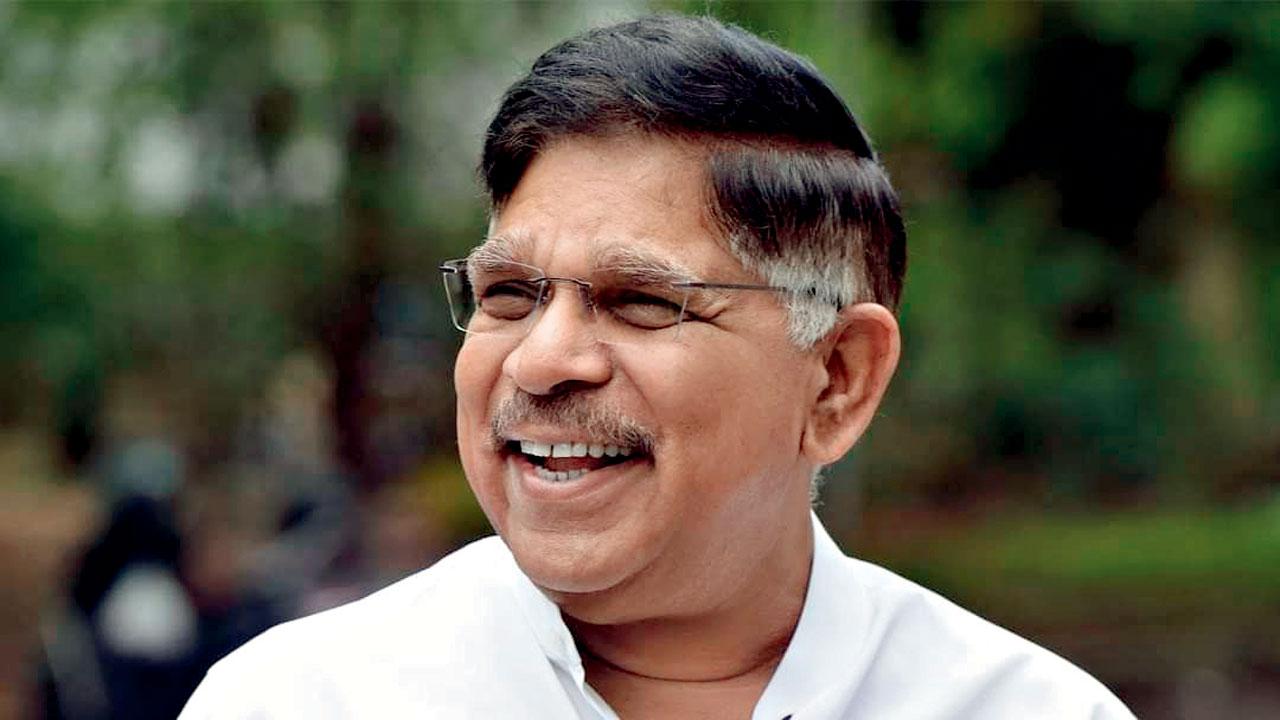With continued focus on cinema from Hyderabad, here’s one of the men who’s just wrapped 50 years of helming it!

A still from the blockbuster Magadheera
 Hyderabad is the capital of Telangana (once part of Nizam’s princely state), and the Telugu film industry. Top levers of the latter are mostly controlled by people with origins in Andhra (under Madras Presidency, during British rule).
Hyderabad is the capital of Telangana (once part of Nizam’s princely state), and the Telugu film industry. Top levers of the latter are mostly controlled by people with origins in Andhra (under Madras Presidency, during British rule).
Even now, pre-independence ‘Nizam’ and ‘Andhra’ are considered two separate distribution territories in Indian film trade.
Telugu, as the language—of cinema, included—still unites Telangana and Andhra Pradesh, split into two states, in 2014. Telugu movies, in fact, mainly came out of Chennai, up until the 1980s.
That’s when Andhra’s superstar-turned-CM, NT Rama Rao, invited his film folk to set up their industry in Hyderabad. Which explains hot addresses, Jubilee/Banjara Hills, that blossomed with Hyderabad’s Film Nagar, built from scratch in the ’80s-’90s.
The history of Telugu cinema since—that’s pretty much surpassed Chennai’s film production—in terms of top producers and superstars, has primarily swung around five or six family trees, related by blood or matrimony.
Chiefly, Daggubati-Akkineni, Allu-Konidela families, among others, led by patriarchs Ramanaidu, Nageswara Rao, Chiranjeevi… It’s taken me sometime to grasp this much about Hyderabad’s film industry, at the national forefront, lately.

Producer Allu Aravind
Especially, figuring out who’s related to whom, and how everybody’s related! I wished to learn more from Hyderabad films’ father-figure, Allu Aravind, himself son of prolific comic actor, Allu Ramalingaiah, dad to ‘pan-India’ star Allu Arjun, brother-in-law of ‘megastar’ Chiranjeevi, hence Ram Charan’s uncle…
He’s wrapped up 50 years as top producer—having debuted with Bantrothu Bharya (1974). Only, the delightfully warm, Aravind, 75, is reluctant to even delve deep into his own filmmaking journey.
This conversation is before a live audience at the South India Film Festival in Hyderabad. “Thanks to Internet, people here know my story,” he smiles. “I’d rather tell what they don’t know!”
To which, looking back, he says, there are two types of movie producers. One, “suitcase producers”. He probably means dumb moneybags. “Most of them don’t last.”
The other are “producers, who select genre, subject, sit with directors, approach stars, organically develop films. The five-seven people, who have travelled for long [in the industry] belong to this category.”
The transitions he’s witnessed, being a producer, ’70s onwards, is really do with shift from “black & white, to colour; live-sound, to dubbing, and now a return to live-sound.”
What’s unchanged, is the “following/fanaticism” around the ‘hero’—that he defines by the “collections of his flop films”, rather than how much the blockbusters make!
Aravind deals in multiple businesses. He says, “I shut down all my profitable verticals recently, having decided to retire with films alone.
“I can repetitively make buildings, sell flats, but there’s no excitement in predictability. Given so many unknown [factors] with movies, including its outcome, each time is a surprise!”
There are, of course, predictable pictures. They’re often remakes, aren’t they? Therefore, many would get borrowed from commercial successes between multiple film industries; traditionally, Hindi scripts, picked from Telugu/South; no? Aravind prophecies, “Thanks to OTT, remakes are going to die. That business is no more viable.”
Speaking of which, while all major desi producers laid down their arms, turning into vendors, once global OTTs entered the Indian market, Aravind started his own streaming platform, Aha, to compete, instead. This is rare.
He attributes this to the Bengali OTT app, Hoichoi, by Shree Venkatesh Films: “They were the first to launch a local OTT in India. Once I learnt of this, I spent days with them in Kolkata, understanding their balance sheets.” OTT, i.e. prestige/peak TV, is still a volume business.
A reason Telugu cinema has aced it in the Indian mainstream has much to do with major investments in scale, spectacle and special effect. A lot of it due to its own deep roots in making mythological and folklore-fantasy films, forever. In a sense, hence, Kalki 2898 AD (2024).
Consider the Telugu landmark, Mayabazar (1957). Still loved for its SFX. Its equivalent in Hindi cinema, for instance, Mughal-e-Azam (1960), is appreciated more for its production design; Sholay (1975), for the array of characters, dialogues.
Aravind similarly pumped in huge money on CGI to produce the most expensive Telugu tentpole then, SS Rajamouli’s Magadheera (2009). It became the top grosser.
Blockbuster Magadheera, you could argue, therefore Rajamouli’s Baahubali (2015, ’17), thereafter RRR (2022). The latter, a global sensation of sorts.
While he obviously saw Rajamouli’s “potential”, Aravind had “no idea that Rajamouli could take it to this level; really appreciate it.” Else, he would’ve invested, right? I tell him. He laughs.
Around pandemic, the term ‘pan-India’ for a gritty, earthy film got coined, with the surprising nationwide success of Pushpa (2021), starring Aravind’s son, Allu Arjun. What does he make of that?
Aravind says Telugu films, dubbed into Hindi, were already doing well in the North [in theatres, TV]: “And you must ask why,” he asks me.
“And I’ve a slightly controversial answer. I’ve great respect for Bombay filmmakers, and their level of thinking. But their ideas and vision seem too locked up between Bandra and Juhu.
“People of Bihar and UP have no special love for us. This specific recognition of South, which is a phase, will also disappear, once Bombay filmmakers realise [what I’m saying]. Many of them already have. All-India films will be made by all industries then.”
Mayank Shekhar attempts to make sense of mass culture. He tweets @mayankw14
Send your feedback to mailbag@mid-day.com
The views expressed in this column are the individual’s and don’t represent those of the paper.
 Subscribe today by clicking the link and stay updated with the latest news!" Click here!
Subscribe today by clicking the link and stay updated with the latest news!" Click here!










